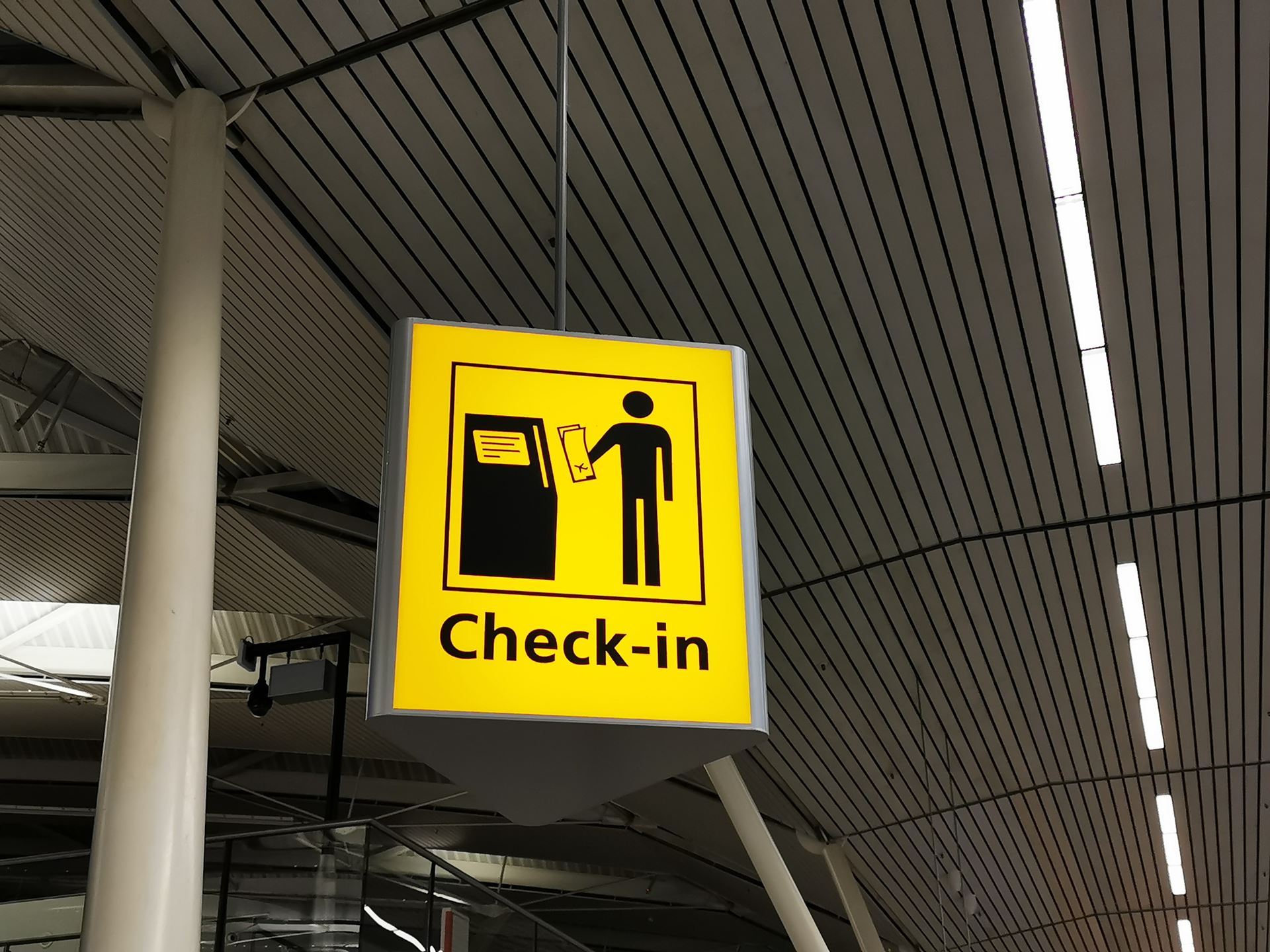My biggest tip for converting a first-time client into one who will send you repeat work is a simple one: stay in touch.

Photo by Firmbee.com on Unsplash
When I’ve had a positive experience working with a client and I’d like to work with them again, I write them an email letting them know that:
- I hope their writing is going well
- I’m planning my schedule for the next few months
- I enjoyed working on their previous text
- I’d like to set aside time for them if they have any writing that’s ready for an editor
- My current rates are $XX
An email like this doesn’t take long to compose and send, especially if you have boilerplate text for it. The wording can be formal or informal, depending on your rapport with the client, and feel free to ask about the client’s kids / pets / local weather / unusual hobby if they’ve mentioned them during your previous collaboration.
Overall, though, keep the tone professional and confident rather than entitled or apologetic. The client doesn’t owe you any future business just because you worked with them in the past, but nor are you bothering them by sending the email. You’re simply checking in.

Photo by Larissa Gies on Unsplash
Why should you check in with clients?
To remind the client that you exist
We’re not part of day-to-day life for many of our academic or independent author clients, or for our contacts at businesses or other organizations, so it can be helpful to remind them of who their go-to editor is.
To make the client feel valued
Taking the time to get in touch, ask about their writing, and offer to set aside time to work with them shows that you value them as a client and are making an effort to keep the working relationship strong.

Photo by Jon Tyson on Unsplash
To demonstrate your initiative and time-management skills
Letting clients know that you’re planning your projects months in advance inspires confidence that you will give their manuscript the proper time and attention. It shows you’re organized and proactive, two qualities that are likely to make their lives easier if they work with you again.
To show that you’re in demand
Offering to reserve a time slot for a client’s project implies the existence of other time slots that may already be filled with other projects, and reminding your clients that you have other commitments shows not only that other people trust and value you as an editor but also that they don’t have an unlimited claim on your time. You’re managing expectations before you even start a new project!
To prompt the client to keep writing
I’ve had clients thank me for getting in touch because they’d been neglecting their half-finished work-in-progress, and my email gave them the necessary nudge to get back into the writing habit. They completed their drafts, and I got repeat business - everybody wins!

Photo by krakenimages on Unsplash
Because it feels good
We’re all human, and even the most introverted among us appreciate hearing from people we’ve had positive working relationships with. Our clients may be in different cities or countries from us, and often we don’t get to meet them in person; keeping in touch with them makes each client feel more like a human being and less like the other end of a business transaction.
And the same is true from the client’s perspective. The independent author struggling to fit their work-in-progress around their day job and the rest of their life and the project editor at a publisher or other organization will see you as a collaborator and not just a wielder of a red pen.
When should you check in with clients?
I record when I last touched base with each of my clients in a spreadsheet, along with how many hours of work I’ve done for them and my income from them in the year to date. For my independent author clients, I like to email them every six months if I haven’t heard from them before then – most of them don’t write full time, and contacting them more often hasn’t been productive for me.
The publishers and other organizations I work with are more likely to have a regular stream of work available, so I often email them every three months or on an ad hoc basis when I have an unexpected gap in my schedule or to let them know my availability for the summer or winter holidays.
Consider who your clients are, what their writing schedules are like, and how often they are likely to have new projects for you, and build your client check-in schedule around these details.
How do you keep in touch with your clients?
What’s your client check-in routine? Scheduled like clockwork, or ad hoc when you’re less busy with other work? Let me know by leaving a comment, or connect with me on LinkedIn or Bluesky.